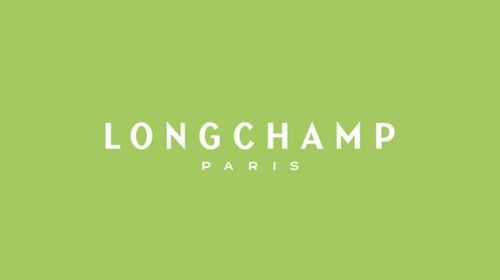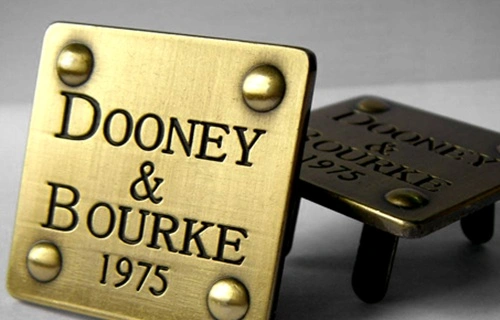No, Longchamp is generally not considered a full-fledged luxury brand. While the French label is admired for its elegant designs, heritage, and quality craftsmanship, it is best described as a “premium” or “affordable luxury” brand rather than being in the same tier as ultra-luxury fashion houses like Hermès, Chanel, or Louis Vuitton.

Brand History and Heritage
Founded in 1948 by Jean Cassegrain in Paris, Longchamp began as a maker of high-quality leather pipe coverings before expanding into small leather goods and handbags. Over the decades, the brand became famous for combining Parisian elegance with practicality, particularly with the introduction of its iconic Le Pliage tote bag in 1993. While Longchamp has a long heritage and strong global recognition, it has consistently positioned itself as a more accessible brand within the premium market.
Price Point and Market Positioning
One of the clearest indicators of Longchamp’s market category is its pricing. Most Longchamp handbags, including the iconic Le Pliage, are priced between $150 and $600, with some leather collections going up to around $1,200. In comparison, luxury brands such as Hermès or Chanel start their handbags at $5,000 or more. This significant difference in pricing reflects Longchamp’s focus on delivering quality and style at an attainable cost, which resonates with a broader customer base.
Design Aesthetic and Craftsmanship
Longchamp is renowned for its understated elegance and practical designs. Its products are often characterized by minimalist lines, lightweight materials, and functional details that suit everyday use. While the brand uses good-quality leathers and durable nylon and is recognized for excellent craftsmanship, it does not feature the rare materials or artisanal techniques often associated with ultra-luxury fashion. Instead, Longchamp prioritizes accessibility and functionality alongside style.
Brand Image and Consumer Perception
The brand’s image reflects approachable Parisian sophistication, appealing to consumers who appreciate timeless style without the high costs of traditional luxury houses. Longchamp’s widespread availability in department stores and online platforms also reinforces its premium yet accessible positioning, in contrast to the exclusivity that defines ultra-luxury brands.
Final Verdict
Longchamp is not a traditional luxury brand, but rather a premium, affordable luxury label. It delivers elegant, well-crafted handbags and accessories that blend fashion and function at a more approachable price point, making it a favored choice for customers seeking refined style without entering the ultra-luxury market.



